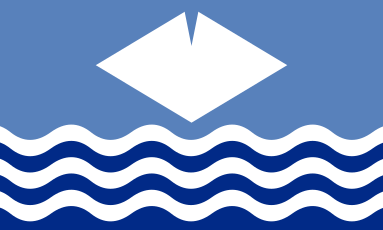Visit Explore London
Visit Explore London
 About - Isle of Wight
About - Isle of WightConstituent country - England
No. of Areas - 1
Population - 140,794
Area - 380 km2
Pop. Density - 371 km2
Official Website - https://iow.gov.uk/
The Isle of Wight, located off the south coast of England, is a beautiful and historically rich county. Here are some key facts about the Isle of Wight:
Location: The Isle of Wight is situated in the English Channel, about 4 miles off the coast of Hampshire.
Size: It is the largest island in England, with an area of approximately 147 square miles.
Population: As of the 2011 census, the population of the Isle of Wight was around 141,000 people.
History: The Isle of Wight has a rich history dating back to prehistoric times. It has been inhabited since the Stone Age and has seen Roman, Saxon, and Norman influences.
Famous Landmarks: The island is home to several famous landmarks, including Osborne House, the former summer residence of Queen Victoria and Prince Albert.
Natural Beauty: The Isle of Wight is known for its stunning coastline, with dramatic cliffs, sandy beaches, and picturesque coves.
Tourism: Tourism is a major industry on the Isle of Wight, with visitors drawn to its beaches, coastal walks, and historic sites.
Festivals: The Isle of Wight hosts several festivals throughout the year, including the Isle of Wight Festival, which attracts thousands of music fans.
Transportation: The island is accessible by ferry from the mainland, with regular services operating from Portsmouth, Southampton, and Lymington.
Wildlife: The Isle of Wight is home to a diverse range of wildlife, including red squirrels, rare butterflies, and seabirds.
Local Economy: In addition to tourism, the Isle of Wight has a diverse economy with industries such as aerospace, marine engineering, and agriculture.
Island Status: The Isle of Wight is its own ceremonial county, separate from Hampshire, and has its own local government and council. However, it remains part of the historic county of Hampshire for various purposes.